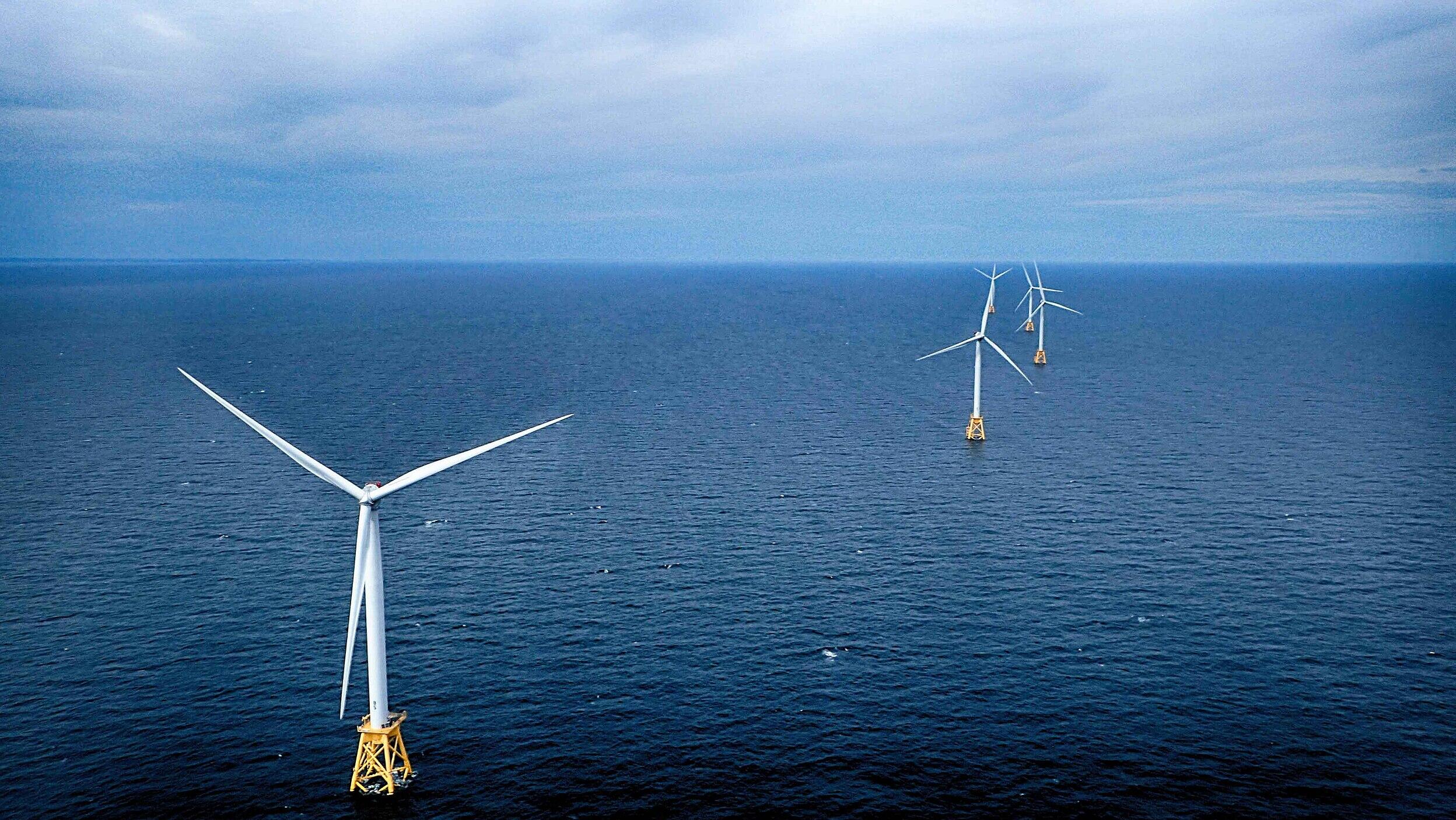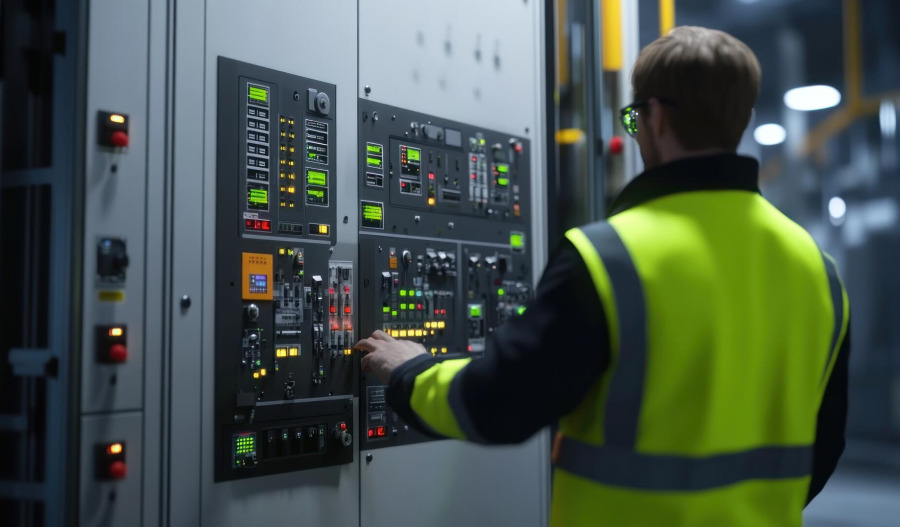Shares in wind farm developer Orsted (ORSTED.CO) tumbled 16% in overnight trading after the United States government ordered Europe’s largest wind power company to halt construction of its US$1.5 billion Revolution Wind Project off of Rhode Island, which is 80% completed.
While the company is complying with a stop-work order by the U.S. Bureau of Ocean Energy Management, it is now reviewing ways to resolve the issue and proceed with installing the remaining 20 units in the 65-strong wind turbine project.
Originally expected to be fully operational next year, Revolution Wind will once completed be capable of powering more than 350,000 homes.
However, despite having to down tools on the project, Orsted - which is behind some of the world’s biggest offshore wind farms - told the market it is planning to continue with previously announced plans for a 60 billion Danish kroner rights issue, earlier noting that it had the support of its majority (50.1%) stakeholder, the Danish government.
The company typically covers its costs by selling a stake in each project once work is underway.
However, U.S. President Donald Trump’s highly vocalised dislike of offshore wind farms is said to have undermined the value of its U.S. projects, with Orsted shares having already fallen over 30% year to date.
Trump’s long-held disdain for this type of renewable energy dates back at least 14 years to a dispute over North Sea wind turbines that were visible from one of his golf courses in Scotland.
While completely refuted by experts, Trump claimed that wind farms should not be allowed because they generate “the worst form of energy, the most expensive form of energy” and also “kill the birds”.
During his first day in office in January, Trump suspended new offshore wind power leases and referred to wind and solar power as “the scam of the century”, vowing not to approve wind or “farmer destroying solar” projects.
Despite Orsted’s desire to proceed with its capital raise, Pierre-Alexandre Ramondenc, an analyst at the research company AlphaValue, questioned whether the U.S. government’s current interference could further weaken investor appetite in the company.
“The news came as a major shock and amounts to nothing less than political hostage-taking by the US administration, given the project’s advanced stage,” he said.
Meanwhile, Jacob Pedersen, head of equity research at Sydbank, also believes the potential financial fallout from the U.S.′ order has ignited uncertainty over the continued viability of Orsted's capital raising plans.
“The financial consequences of the stop-work order will at best be the ongoing costs of the work being stopped,” he said.
In the worst-case scenario, Pedersen suspects the Revolution Wind Project would never supply electricity to the U.S., leaving Orsted to face a double-digit billion-dollar write-down and significant additional costs to exit contracts.
While details are light, the U.S. regulator is understood to have cited a need to “address concerns related to the protection of national security interests”.
However, the U.S. government’s rearguard decision to allow another large-scale wind project to proceed has given Orsted reason to expect an equally favourable outcome.
In April, the U.S government halted the construction of a major wind project led by Norway’s Equinor, although it lifted the stop-work order on the $5 billion wind farm the following month.

Join our community of decision-makers. No card required
Join now

